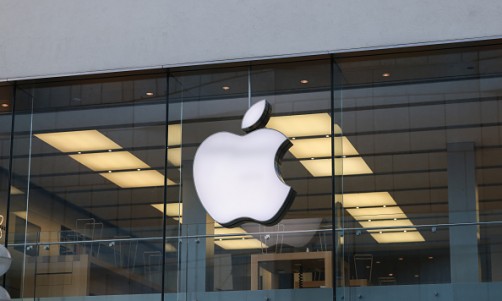Underwater explorers or treasure hunters could easily make that priceless find using an underwater drone that can pinpoint and differentiate metals buried up to 33 feet (10 meters) beneath the seabed, while transmitting a three-dimensional digital map of the object's location, its manufacturer claimed
A prototype of the underwater drone, called the SeaSeearcher, is being tested after its designer Tim Reynolds and manufacturer Seafarer, which has partnered with Reynolds' company Wild Manta in producing the drone, received a permit from the Florida Bureau of Archaeological Research to scour an area south of Cape Canaveral.
Read Also: PowerVision PowerRay: Underwater Drone Provides Real-Time Visualization Of Finding Fish
Drone Used in Florida Treasure Hunting for Old Spanish Shipwrecks
Seafarer was given the rights to explore old Spanish shipwrecks and other wreckages along the Florida coastline using the drone. According to Seafarer CEO Kyle Kennedy in an interview on New Atlas, these Spanish ships used to dock in Havana, Cuba and were loaded with gold from the New World and traverse the Gulf Stream before heading across the ocean.
Storms would sink these ships while on their routes. He said there are over a thousand of these shipwrecks and there hasn't been available equipment or technlogy that would accurately pinpoint where gold and silver was buried under the sand. The SeaSearcher could finally do that job.
Three different work platforms (boats) comprise the Seafarer wherein three different crews on the site and a small run-about anchor boat that work on the system. These three work boats comprise experienced crew members of at least four divers per boat. Seafarer also deploys three archeologists, one with a doctorate from Oxford and two with over thirty years experience each in the treasure industry.
Open water tests and live field tests on the Melbourne Beach Area 2 Ring Site under an exploration permit from the Florida Division of Historic Resources have been "impressive," says Kennedy.
Archeologist Dr. Robert H. Baer, who took part in the testing of the underwater drone said the silver plates and flintlock pistol that were seen among the artifacts strongly indicate that thy could well serve as "diagnostic artifacts" that may eventtually identify the Melbourne Beach shipwreck.
Even if the SeaSearcher did not discover gold or silver on its first scan of the Ring Site, the drone identified several materials, such as brass, iron, copper, aluminum, lead, and stainless steel.
SeaSearcher Drone Runs on AI-Driven Machine Learning Algorithms
The SeaSearcher runs on an AI-driven machine learning algorithms. The more it's used, the more it learns. And, combined with exiasting training sets, the more abilities it can flex to realize high-precision, surgical archaeology. And Kennedy said, "the process is working."
SeaSearcher maker Seafarer Exploration, meanwhile, announced the second-generation SeaSearcher platform, which is capable of deeper water and multi-mode exploration.
This upgraded SeaSearcher offers a wider sense of metal differentiation and 3D digital imaging while appearing more streamlined and rugged. The SeaSearcher is designed to operate both idependently or could be towed by a boat operate in high current areas.
Related Article: WATCH! Incredible Drone Footage Shows The Ingenious Way Blue Whales Save Energy While Hunting For Food










